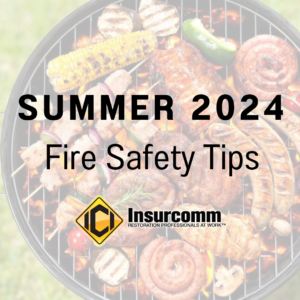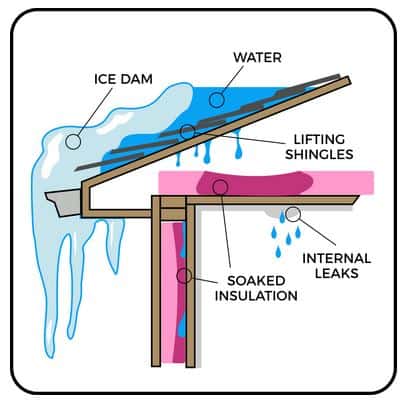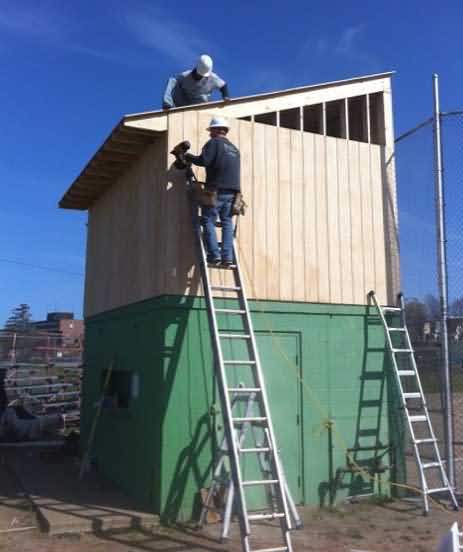Summer 2024 Top Fire Safety Tips
The summer months raise the risk of fire and the dangers that go along with fires rise. We get our share of questions, especially from homeowners, centering around fire safety. Below we answer some of the more frequent questions we receive in the hope of keeping your summer safe.
Grilling & Propane

It’s grilling time! But please, before you spark up the grill, stay safe by wearing loose-fitting clothes; never use a grill in any type of enclosed location; if using a gas grill, check the connections on the propane tank between the fuel line and the tank; and watch where you place your lighter fluid, as a stray flame can ignite this liquid in an instant.
Smoke Detectors
Even though the warm weather diverts your attention to the outdoors, remember to test all smoke and carbon monoxide detectors in your home. We suggest having at least one smoke and carbon monoxide detector on every floor, including one in an attached garage and one in your basement. The more detectors, the better…placing them in bedrooms, kitchens, hallways, stairways, laundry rooms, and furnace rooms makes for better coverage and means better protection for your home and family. We also suggest changing the batteries twice a year, once when you “Spring ahead” your clocks and once again when you “Fall behind” on your clocks.
Air Conditioners
House fires can also be caused by air conditioning units. During the hot summer months, air conditioners can become overworked, overheated, and easily overlooked. Regularly cleaning the filter, occasionally changing the filter, avoiding extension cords or power strips, making sure the unit is clear of any surrounding combustible material and having your conditioner checked over at least once a year by a certified HVAC technician, will help ensure that your home and your family remain safe.
Appliances & Electronics
Consider that your stove, dishwasher, washer and dryer, computer, and fan generate heat and pose a potential fire hazard. Look around these devices for loose connections, frayed wires, overtasked extension cords, and combustible material. A fire inside your home is anyone’s worst nightmare, and by simply being observant and proactive regarding your appliances, you can help avoid such a tragedy.
Fire Extinguishers
Fireproof your home by keeping fire extinguishers handy, by properly disposing of flammable material in your basement or garage, by having your furnace checked by a qualified professional, and by simply using good common sense and making good choices when it comes to candles, matches, and, once again, all electrical appliances.
Insurcomm Is Your One Point Of Contact
The bottom line is that these summer months present a wonderful and exciting time to bond with family, especially after our long New England winter! To get in touch with the Insurcomm fire team and learn more about fire damage cleanup and repair please visit our fire page. If a fire does occur please call us 24/7 at 844-424-9283.




 source for water damage repair from ice dams and other issues throughout New England. We provide our clients with a fast response and effective remediation and restoration services. Water damage may become more problematic over time, so it is best to address this issue head-on.
source for water damage repair from ice dams and other issues throughout New England. We provide our clients with a fast response and effective remediation and restoration services. Water damage may become more problematic over time, so it is best to address this issue head-on. 



